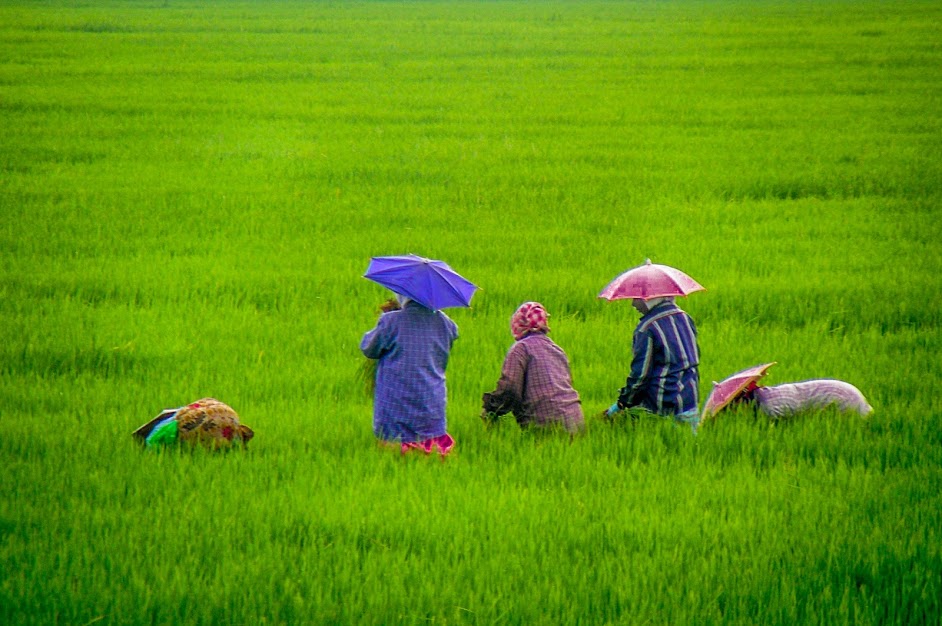Overview
Researchers
Fiona Burlig
Assistant Professor, Harris School of Public Policy at the University of Chicago
Amir Jina
Assistant Professor, Harris School of Public Policy at the University of Chicago
Erin Kelley
Economist in the Development Impact Evaluation (DIME) unit at the World Bank
Gregory Lane
Assistant Professor of Economics, American University
Faraz Hayat
Ph.D. Candidate, University of Chicago
Harshil Sahai
Ph.D. Candidate, University of Chicago
- Country
- India
- Timeline
- 08/01/2020 - 09/30/2022
- Constraints
- Information, Risk
- Technology Category
- Insurance
- Sample
- 21 villages

Managing weather risk is critical for agricultural production, particularly where farmers rely on rain without access to irrigation. Research has shown that farmers adapt to unpredictable weather patterns by reducing their agricultural investments, which reduces their average returns. A natural policy response has been to offer weather insurance, however randomized evaluations have shown farmers typically do not purchase insurance at market prices, requiring expensive subsidization. This pilot tests an alternative solution: long-range seasonal weather forecasts that predict the onset of the monsoon rains in India, where 50 percent of the population is employed in agriculture. If improved monsoon forecasts effectively shift farmers’ investments –increasing yields, wage labor, and consumption– forecasts could be a cost-effective and highly scalable intervention.
The research team leverages recent advances in atmospheric science to bring a novel forecast to farmers that predicts monsoon onset, one of the key determinants of the length of a growing season. The new seasonal forecasting model developed by the Potsdam Institute for Climate Impact Research predicts the timing of the onset of the monsoon up to one month in advance, potentially sufficient time for farmers to adapt their pre-harvest investment decisions (including their purchase and use of productive inputs such as fertilizer) and their hiring of wage laborers to work their plots. The pilot in 21 villages across Tamil Nadu and Telangana will measure (a) farmers’ willingness to pay for forecast information, (b) the impacts of forecasts on farmers’ willingness to pay for insurance, and (c) will evaluate how these approaches interact, and the extent to which they impact farmers’ investment choices (e.g. productive inputs like fertilizer and hired labor throughout the season). The pilot will prepare for a full randomized evaluation comparing their impacts on village wage rates, migration, and farmers’ consumption, yields, and profits.